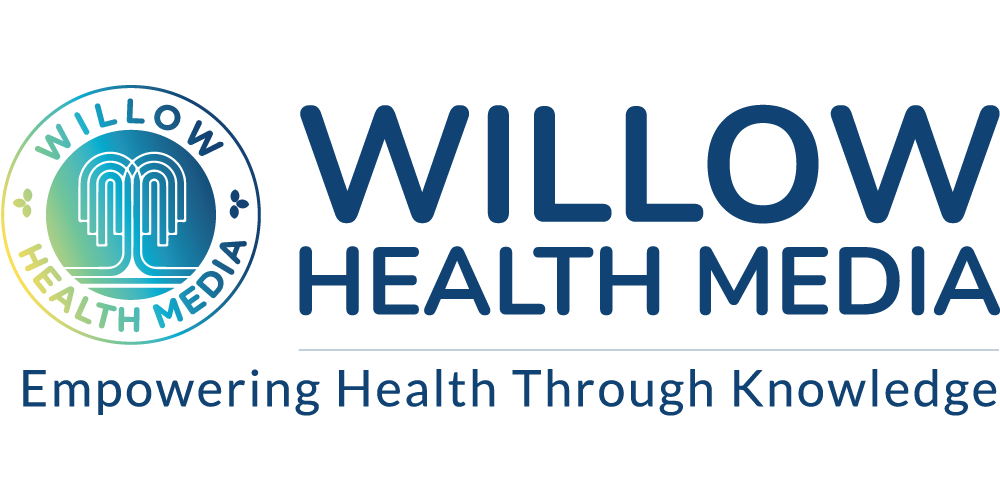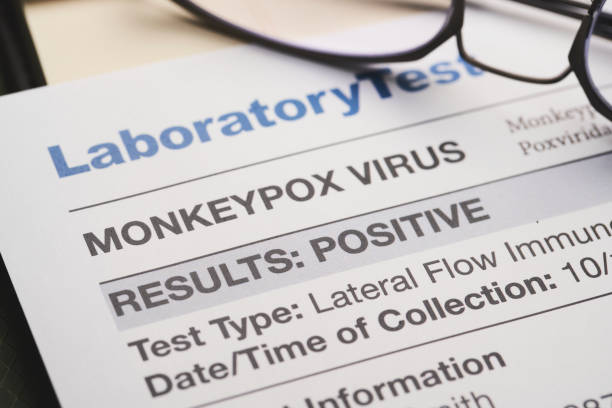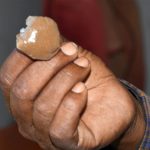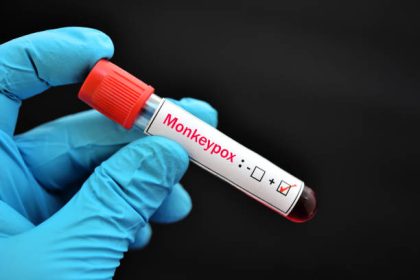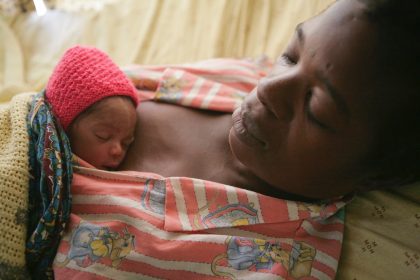One person, 16 recovered and four are still admitted to hospital.
Two new Mpox cases were confirmed in Mombasa this November, bringing the total number of confirmed cases to 23 since the first case of Mpox was reported in Kenya in July 2024.
According to the Ministry of Health, Kenya has a Case Fatality Rate of 4.3 per cent following the death of one person, with 16 people out of the total positive cases having recovered, 69.6 per cent of the total cases, and four people are still admitted with two under self-isolation.
So far, the National Public Health Laboratories Services (NPHL) has received 310 samples, of which 23 have been reported to be positive, a positivity rate of 7.4 per cent, 286 negative, and one pending.
Additionally, 156 contacts have been listed, 117 have been followed up for 21 days, five tested positive, and 34 are on follow-up.
Further, 16,149 travellers have been screened at the points of entry within the last 24 hours, making it a total of two million travellers who have been screened.
Statistics from the Ministry of Health indicate that 33 per cent of confirmed cases have a history of travel to countries currently experiencing Mpox outbreaks, including Uganda, Rwanda, and the Democratic Republic of Congo.
The males account for 52. 3 per cent of the total cases and the three females were primary contacts to confirmed cases 4, 6, and 8 before turning positive, accounting for 14.7 per cent.
To date, Nakuru County has six positive cases, four in Mombasa, two in Nairobi, Kajiado and Bungoma, and one case in Taita Taveta, Busia, Makueni, Kericho, Kilifi, Kiambu and Uasin Gishu.
The Ministry of Health has rolled out key risk communication and community engagement to combat stigma and promote infection prevention.
In regard to this, the National Public Health Emergency Operation Centre (PHEOC) and 25 County Public Health Emergency Operations Centres have been activated, as well and the National Incident Management System (IMS) has been constituted to coordinate response to the outbreak.
Additionally, the government has developed the National Mpox Response Plan, and in August this year, the Ministry of Health engaged the Council of Governors and County Executive Committee Members (CECMs) for Health on Mpox, where several task forces were constituted to review and enhance Kenya’s preparedness and response strategy.
The Ministry of Health also notes that disease surveillance has been enhanced in all counties, with a case definition being developed and shared to guide case detection in health facilities and the community.
Multidisciplinary National Response Teams have been deployed to provide technical support to Taita Taveta, Busia, Nairobi, Mombasa, Nakuru, Makueni and Kajiado Counties, and additional teams were mobilized for potential deployment to other regions as needed.
According to the Centers for Disease Control and Prevention (CDC), travel-associated cases in Africa have been reported in Kenya, Zambia, and Zimbabwe, and Clade1 type of Mpox has been reported in Central and Eastern Africa including Burundi, Central African Republic, Democratic Republic of Congo, Rwanda and Uganda.
Mpox spreads through close contact with a person infected with Mpox or contaminated items and surfaces used by people with Mpox.
Since January this year, the World Health Organization has reported 11,148 confirmed cases in Africa with a total of 53 deaths by November 3, 2024, where the highest number of positive cases were reported in the Democratic Republic of Congo at 8662, 1726 in Burundi and 359 in Uganda.
